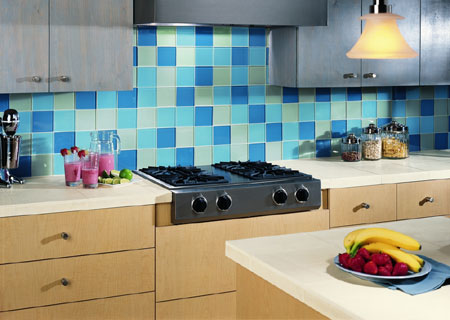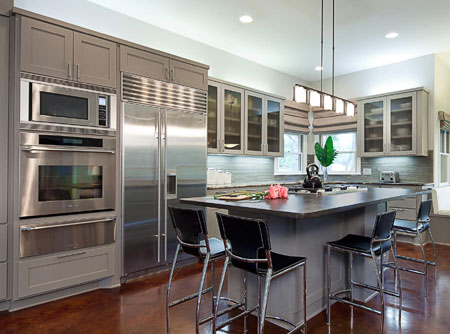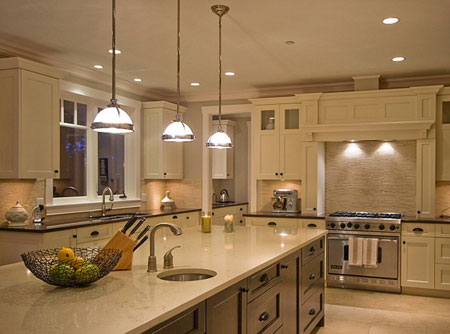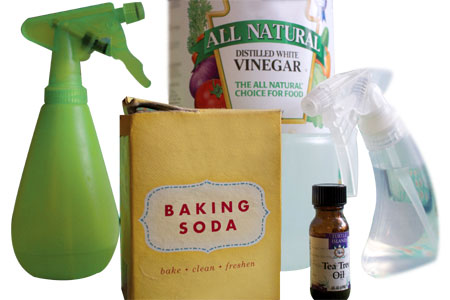Five steps to an eco-friendly kitchen
If you are planning to renovate or install a new kitchen, take a step in the right direction and become more eco-friendly with your kitchen design. Here are a few tips to consider when choosing materials for a kitchen:
1. Renewable floor and countertop materials
Did you know that many l floor and countertop materials, such as exotic hardwoods, granite or marble, are non-renewable materials? What this means is that, once they’re been removed from the earth to be made into flooring or countertops - they’re gone forever.
An environmentally friendly kitchen focuses on renewable sources for floors, cabinets, and countertops. For example, look into bamboo or cork floors for a wood look, or a natural linoleum product for tiles.
For countertops, concrete is a great choice, as are products that use crushed, recycled granite to make new granite-look countertops.
2. Be energy efficient
Look for appliances that have are energy efficient, meaning that they use far less energy than standard appliances, and definitely less energy than appliances 5 years or older. Choose a convection oven and induction stovetops, which use less energy to get hot. Replace all of the incandescent lighting with fluorescent.
3. Use low VOC paints and stains
Volatile Organic Compounds, known as VOC's, are released as gases from certain solids and liquids, including many types of paints and stains. VOCs contain several chemicals, many of which are harmful to both humans and to the environment.
Oil-based enamel paints, for example, are extremely high in VOC's, whereas acrylic enamels that are water-based are considered more eco-friendly.
Make sure that the paint you use is eco-friendly and low in VOC's.
4. Recycle, reuse and restore
We all know that recycling is the way to go and the more we recycle, the better it is for the environment. Fit your new kitchen with the latest recycling technology, that can be anything from high-end cabinet units that roll out and give you separate bins for your recyclables, to a spot reserved for a simple bin. Kitchens generate huge amounts of waste that can be recycled. Just think of all of the aluminum cans, plastic containers, and glass bottles and jars that we use in the kitchen in a typical week. Sending it all to a recycling centre instead of a landfill is an easy, necessary part of having a green kitchen.
Set up a compost heap for all your kitchen food waste such as fruit and veggie scraps, egg shells, and coffee grounds, etc., and use these to create a kitchen herb garden.
Where possible, reuse or restore what is already in the kitchen instead of throwing out and replacing. Solid wood cabinets can be restored or painted. Cabinet carcasses can be reused for practical garage storage, or repurposed into bathroom storage cabinet.
5. Go green with natural cleaners
Take the step towards natural cleaners rather than buying a chemical for every cleaning job. Lemon juice and vinegar are both wonderful sanitizers. Baking soda can easily be used to replace scouring cleanser. Use a little bit of coarse salt on a half of a lemon, and rub it all over wood cutting boards to sanitize. Clean windows and appliances (other than stainless steel) with a little vinegar in a spray bottle. Use newspapers with your vinegar spray to give windows a streak-free clean.
Simply by implementing these five items you will have an environmentally friendly and healthy kitchen.





